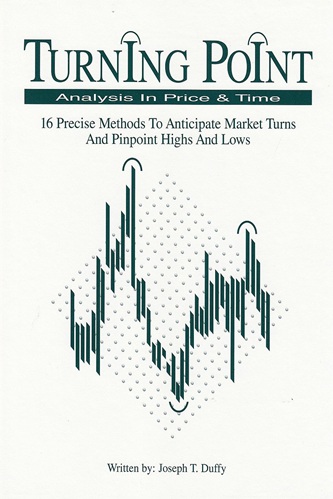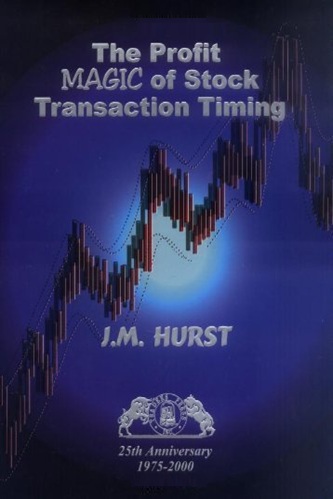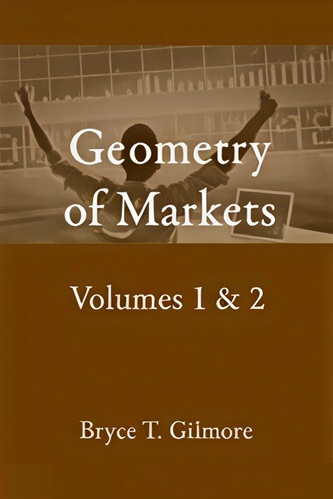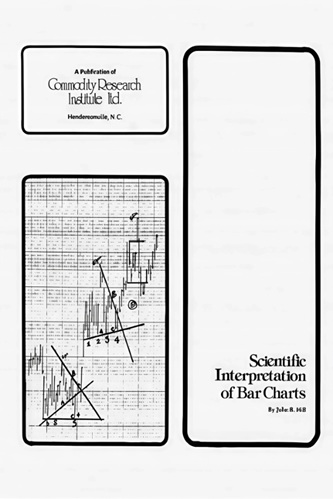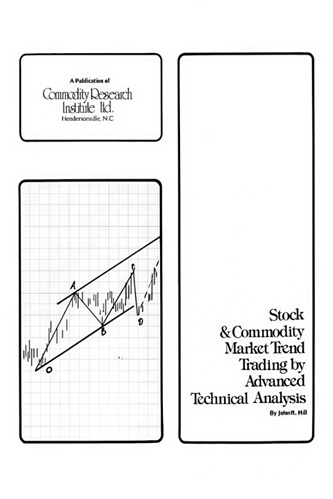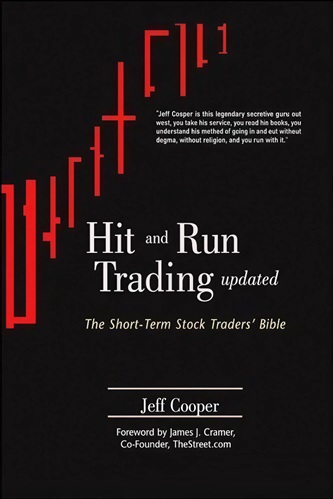Technical Analysis of Stock Trends
$22.97
| Author(s) | , , |
|---|---|
| Format |
|
| Pages |
686 |
| Publication Year |
2019 |
Technical Analysis of Stock Trends was the first book to produce a methodology for interpreting the predictable behavior of investors and markets. It revolutionized technical investment approaches and showed traders and investors how to make money regardless of what the market is doing.
Introduction:
Technical Analysis of Stock Trends has been written for the layman rather than for the Wall Street professional. But, it assumes the reader is already possessed of at least an elementary knowledge of the nature of stocks and bonds, and he has had some dealings with a broker and some familiarity with the financial pages of his newspapers. Hence, no attempt is made herein to define common stock market terms and procedures. Every effort, however, has been exerted to explain, in full, the theories and the terminology of our specific subject, technical market analysis.
Part One is based, in large part, on the pioneer researches and writings of the late Richard W. Schabacker. Students of his Technical Analysis and Stock Market Profits (the latest revision of which is now out of print was made in 1937 by the present writer and Albert L. Kimball) will find in the pages of this section much that is familiar and, except for the illustrations, only a little that is really novel. It has been a matter of surprise, in fact, to the authors and other students of market technics that all the new controls and regulations of the past several years, the new taxes which have placed a heavy handicap on successful investors, the greatly augmented and improved facilities for acquiring dependable information on securities, even the quite radical changes in certain portions of our basic economy, have not much altered the “pattern” of the stock market.
Part Two, which has to do with the practical application of these market patterns and phenomena, with the tactics of trading, is all new. For more than 15 years (his total market experience extends back nearly 30 years), John Magee has invested and traded exclusively via the technical theory, kept thousands of charts, made hundreds of actual trades, tested all sorts of applications, audited and analyzed methods, tactics, and results from every conceivable angle, depended on his profits for his living. His contribution is that of one who has tried and knows.
Contents:
- The technical approach to trading and investing
- Charts
- The Dow Theory
- The Dow Theory’s defects
- Replacing Dow Theory with John Magee’s Basing points Procedure
- Important Reversal Patterns
- Consolidation Formations
- Gaps
- Support and Resistance
- Trendlines and Channels
- Technical analysis of commodity charts
- The tactical problem
- The all-important details
- The kind of stocks we want: the speculator’s viewpoint
- Selection of stocks to chart
- Choosing and managing high-risk stocks: tulip stocks, Internet sector, and speculative frenzies
- The probable moves of your stocks
- Round lots or odd lots?
- Stop orders
- What is a Bottom and what is a Top?
- Trendlines in action
- Use of Support and Resistance
- Measuring implications in technical chart patterns
- Tactical review of chart action
- Effect of technical trading on market action
- Automated trendline: the Moving Average
- The same old patterns
- Balanced and diversified
- How much capital to use in trading
- Application of capital in practice
- Portfolio risk management
- Stick to your guns
Technical Analysis of Stock Trends By Robert D. Edwards and John Magee pdf



